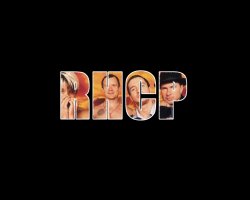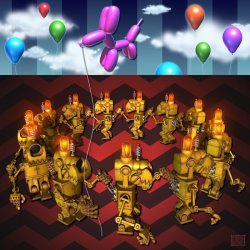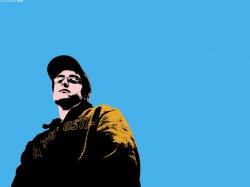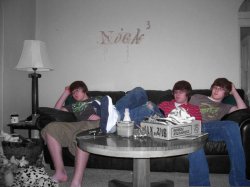I've done better..
Made this a little over a year ago(when I was 13)

My Music Video with lots of Photoshop in it, made it a couple momnths ago:
http://www.youtube.com/watch?v=gk-KhpAS05Q
For school video:

School:



Got bored:


Made this a little over a year ago(when I was 13)

My Music Video with lots of Photoshop in it, made it a couple momnths ago:
http://www.youtube.com/watch?v=gk-KhpAS05Q
For school video:

School:



Got bored:











